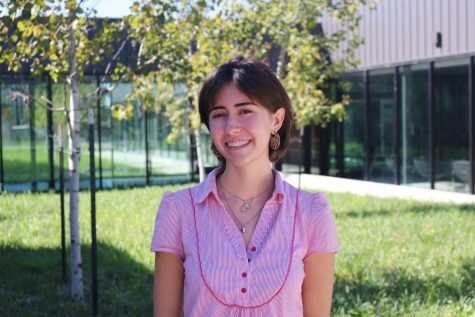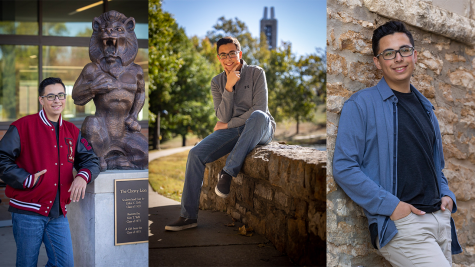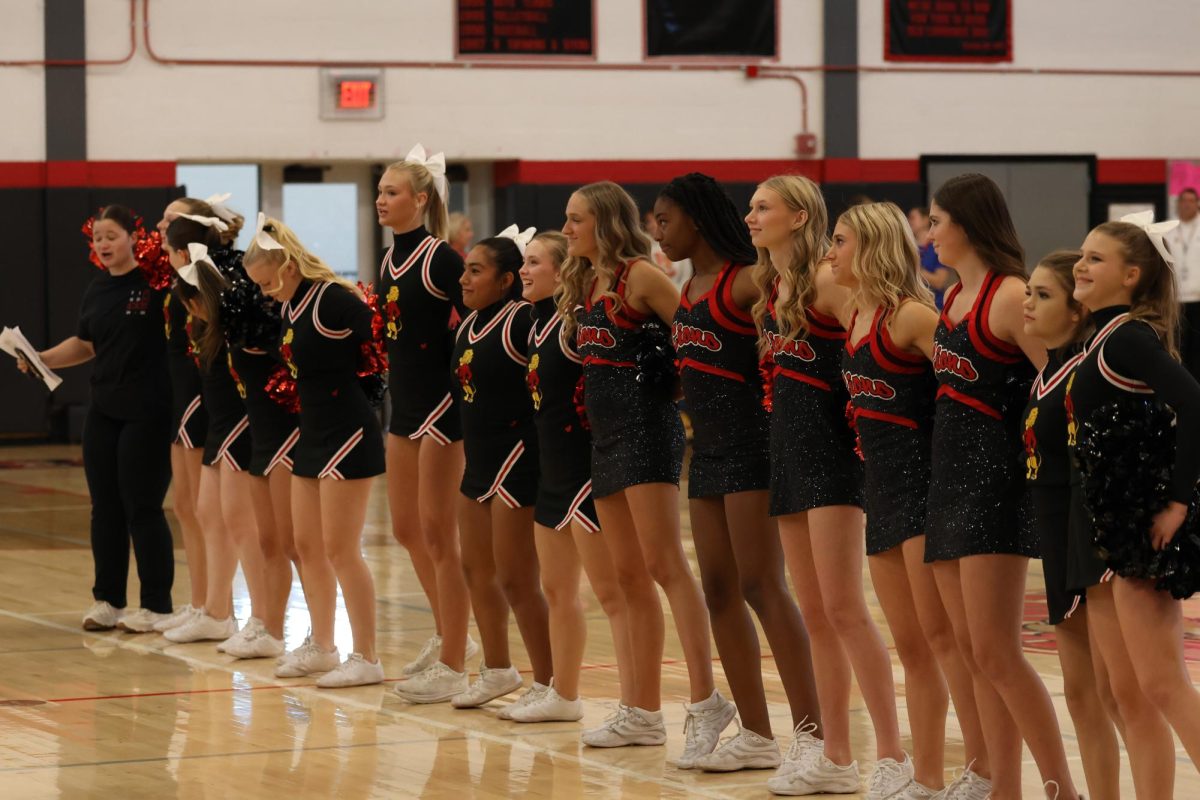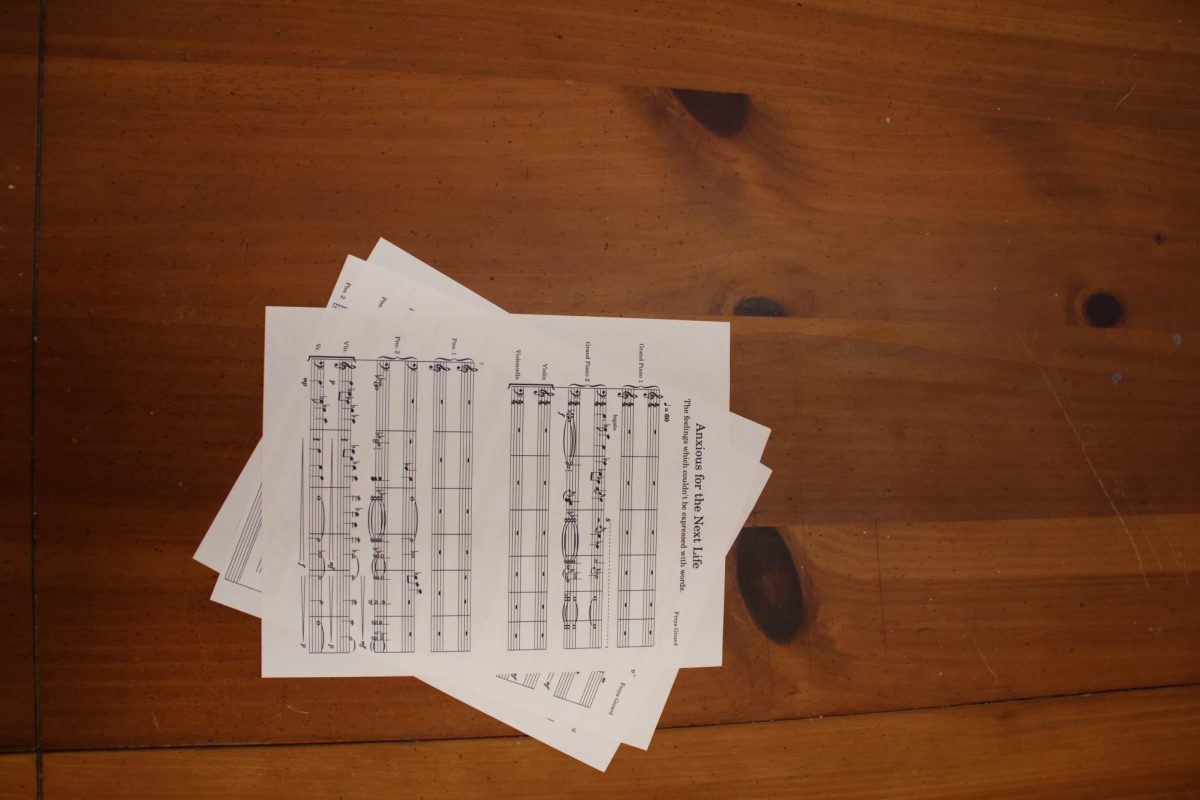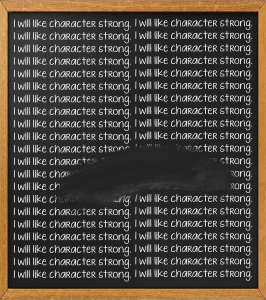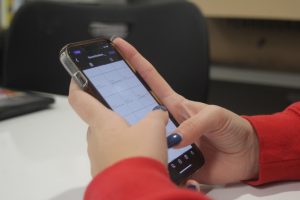Students discover benefits of limiting social media time
Students and faculty examine the impacts of social media use
April 19, 2023
The first thing many students see right after waking up is a bright screen. Struggling to keep eyes open, the cold glow of a cell phone is a harsh wake-up call. This wake-up often includes checking Snapchat, Instagram, TikTok or Twitter.
One student discovered that having this as their first experience of the day negatively impacted the rest of their day.
“I found that starting my day off with Snapchat especially threw me off,” senior Jack Watson said. “It’s just very superficial and can affect my mood easily, I found. Not seeing a Snapchat from someone or not having enough could determine my mood for a few hours and I wanted to limit that as much as possible.”
Watson decided to limit his social media use– specifically his Snapchat use– before noon. He noted improvements in his mood after limiting morning social media use.
“After, I started waking up feeling way more refreshed and that feeling lasted all morning,” Watson said. “I‘ve also had my Snapchat notifications turned off for about 3 or 4 years which overall reduces anxiety.”
Lawrence High students, like teenagers everywhere, are no stranger to constant social media use. Along with this constant use comes the bombardment of all types of messages: some positive, some negative. Algorithms on apps like TikTok and Instagram keep individuals hooked based on presenting content they are likely to enjoy.
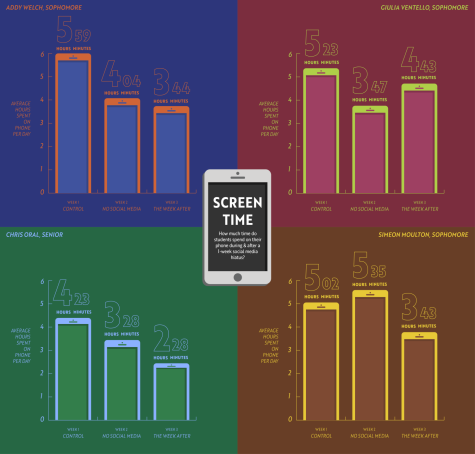
Students also use social media to connect with friends, making it possible to consistently communicate with pictures, videos, and messages even while at school or participating in extracurricular activities, family obligations, and more.
“[I’m] probably dependent on Snapchat, just because my whole life is on Snapchat,” sophomore Katie Daugherty said, who spends 4-5 hours a day on social media. “I just don’t think I could spend like an hour away from Snapchat just because everything is on there. Pictures, people, all my friends are on Snapchat.”
Some social media platforms restrict use to individuals over a certain age, such as Instagram, which limits users to those 13 and up. However, according to US Surgeon General Vivek Murthy, 13 is still too young to use social media.
“It’s a time where it’s really important for us to be thoughtful about what’s going into how they think about their own self-worth and their relationships and the skewed and often distorted environment of social media often does a disservice to many of those children,” Murthy said in a CNN report.
Many Lawrence High students began using social media in middle school or earlier. Junior Jada Flathers noted the impacts that consistent early social media use can have on individuals.
“I was on social media when I was really young and I think it definitely impacted me in ways I wish it didn’t,” Flathers said, who now spends 6 hours or more on social media daily. “When you spend so much time on your phone it’s really hard to get out and talk to people socially, so like being really socially awkward, and kind of being alone.”
On the other hand, some students, such as junior Braeden Soderstrom, grew up largely without social media. Soderstrom now spends around 20-30 minutes per day on social media.
“I will say I am kind of glad I was raised like that, but there are a few downsides,” Soderstrom said. “When COVID ended and stuff, I had no idea how to make friends and I think not having access to social media was a part of that.”
Although social media can help individuals make friends and connect, social media can disrupt classroom environments and learning. To combat this disruption, Lawrence High administration instituted a new cell phone policy in August 2022.
“Cellphones have been a significant distraction to learning,” an email from principal Jessica Bassett on August 15, 2022, stated. “To remedy the obstruction, we have implemented a cell phone policy requiring students to keep their phones put away/not on the desk/or in their hands during instructional time. Cellphones can be used before/after school, during passing periods, and during lunch.”
Many times when students are on their phones in class, they may be scrolling through Instagram or replying to Snapchats. History teacher Valerie Schrag discussed her concerns with social media and phone usage in the classroom.
“The phones are away when instruction is going on, as a general rule, but as soon as I say ‘OK, we’re going to take a break,’ the first thing students do is reach for their phones,” Schrag said. “That’s not wrong, but there’s also a real reluctance to stay in the moment and be present in whatever you are experiencing, and that concerns me greatly.”
In order to come to terms with this reliance on phones and screens, it’s important for individuals to be aware of it first.
Social worker Carissa Welsh said that “understanding how social media can affect the brain” can be helpful when avoiding a social media addiction, as well as “having other self-care/coping strategies in their toolbox that do not include screens and having intentional non-screen time in their days.”
While some students choose to limit their time on social media, others may choose to give it up entirely for a time. Senior Linnaea Radley decided to give up Instagram for several weeks as a part of Great Lent.
“It’s definitely been something that I’ve been addicted to. [It’s] just like completely absorbing all of my time,” Radley said. “I’m an Eastern Orthodox Christian so right now I’m in the period of Great Lent and so something that I wanted to give up to help me just be better is social media.”
Radley discussed the impact that social media, specifically Instagram, can have on her.
“It just puts me in a stupor of sorts,” Radley said. “It absorbs all my time and it’s actually been really nice to not be on it.”
When asked what she has been doing instead of scrolling through social media, Radley said, “school, sleeping, knee exercises, stuff like that.”
Despite the potential benefits of taking a break from social media, Welsh emphasized the importance of returning to social media in a mindful way.
“Having intentional time away from social media as a ‘detox,’ for lack of a better term, can be helpful as a reset,” Welsh said, “but what is more important is to have plans of how to re-engage in healthy ways, which may vary from person to person.”
Schrag shared her feelings about social media and the wide range of its impacts.
“I think about…how thankful oftentimes I am that I did not grow up with any of this,” Schrag said. “Again, that doesn’t mean that it’s bad. It’s a powerful tool if we think about how to use it to build each other up and to build community and to share information as opposed to destroy people.”



